Species Profile: The Indo-Pacific Bottlenose Dolphin
The Indo-Pacific Bottlenose Dolphin is a well-known species that’s strikingly similar to the common bottlenose dolphin.
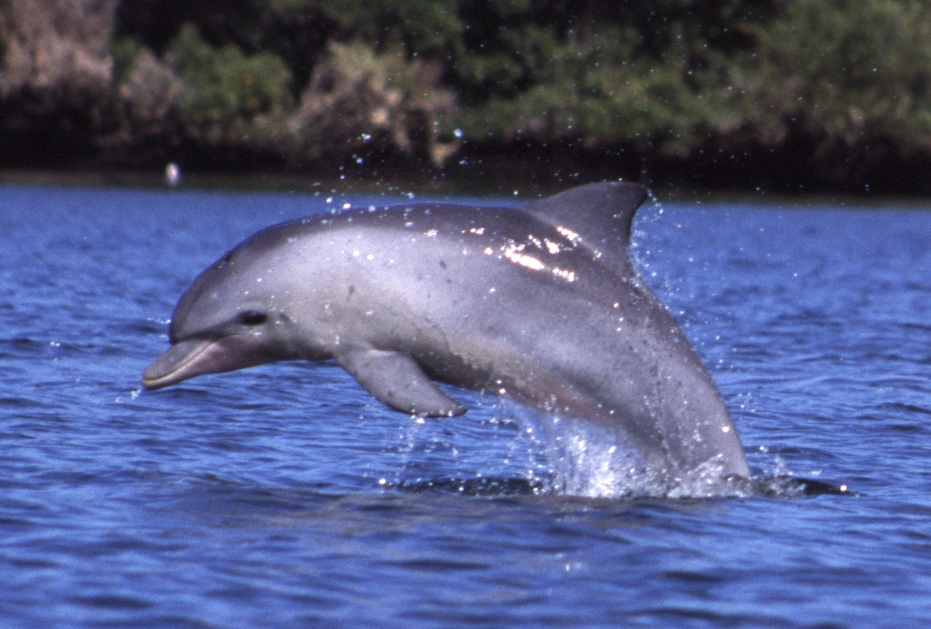
The Indo-Pacific Bottlenose Dolphin is another species of bottlenose dolphins.
Though they appear somewhat similar to the common bottlenose dolphin at first glance, a closer examination shows some clear differences.
For instance, although its back is also dark gray, its belly is lighter a gray shade or nearly white with gray spots. In addition, the Indo-Pacific bottlenose dolphin is typically smaller than the common bottlenose dolphin. The Indo-Pacific species also has more teeth than the common species.
Just like the common bottlenose dolphins, this species has a stout and muscular body, and tall, curved dorsal fins. But it has a more slender shape and longer beak than the former.
These dolphins live in groups of individuals that can number up to hundreds, but they mostly travel in pods 5 to 15 dolphins. They also commonly associate with other dolphin species including the common bottlenose dolphin and the humpback dolphin.
The IUCN lists the Indo-Pacific Bottlenose Dolphin as a Data Deficient species.
1) Scientific Name
Tursiops Aduncus
2) Scientific Classification:
- Kingdom: Animalia
- Phylum: Chordata
- Class: Mammalia
- Order: Cetacea
- Family:Delphinidae
- Genus: Tursiops
- Species: Tursiops Aduncus
3) Life Expectancy
Their average life span exceeds 40 years.
4) Average/Maximum Length
Adults average 2.6 meters (8.5 feet) long.
5) Average/Maximum Weight
230 kg (510 lbs).
6) Interaction With/Danger To Humans
Regrettably, just like other well-known dolphins, this species is one of the most common targets for captivity.
Along with other species like the Orca (killer whale) and the common bottlenose dolphin, the dolphin entertainment industry continues to capture and keep the Indo-Pacific bottlenose dolphin in unnatural conditions.
This is despite continuous pressure from conservation bodies and evidence that show the negative effects of captivity on these marine mammals. Meanwhile, several of these dolphins continue to display signs of stress while captive.
These symptoms are mainly due to :
- Removing them suddenly from their natural habitat.
- Injury and more stress during capture and transport.
- Several illnesses that are not common among wild populations.
The major predators of Indo-Pacific dolphins are humans and large sharks.
7) Reproduction Details
Mating and calving among these dolphins can occur throughout the year but it peaks during the spring and summer seasons.
Gestation lasts for about 12 months. Thereafter, the females give birth to live calves measuring from 0.84 to 1.5 meters (2.8 and 4.9 feet) long, and weighing between 9 and 21 kg (20 and 46 lbs).
Mother dolphins wean their calves after about 1.5 to 2 years. Even so, the young dolphins may remain with their mothers up till the age of 5 years.
Breeding female Indo-Pacific bottlenose dolphins usually give birth to one calf every 4 to 6 years.
8) Diet and Hunting Pattern Of The Indo-Pacific Bottlenose Dolphin
Like other dolphins, they feed on a wide variety of fish and that variety covers almost 50 different species of fish.
They also hunt and eat cephalopods especially squid.
9) Population And Conservation Status
Although this species is not considered as an endangered one, its near-shore habitat makes it prone to interference from human activities. In fact, they face direct pressure from habitat destruction, pollution, exploitation and capture, and entanglement in fishing nets.
Commercial fisheries continue to pose a problem to these dolphins and their operations have led a substantial number of dead dolphins.
Similarly, a number of creatures prey on the Indo-Pacific bottlenose dolphin including killer whales, sting rays, sharks, and humans too.
10) Alternative Names
Indian Ocean Bottlenose Dolphin
11) Ancestry And History
For decades, both the common bottlenose and Indo-Pacific bottlenose dolphins were classified as one species. That’s understandable because of their similarities.
It wasn’t until 1998 that there were separated. But oddly, DNA evidence indicates that this species could be more closely related to dolphin species like the Atlantic spotted dolphin than even the common bottlenose.
12) Distribution And Habitat
They frequent the waters surrounding India, northern Australia, Southern China, the Red Sea, and the east coast of Africa.

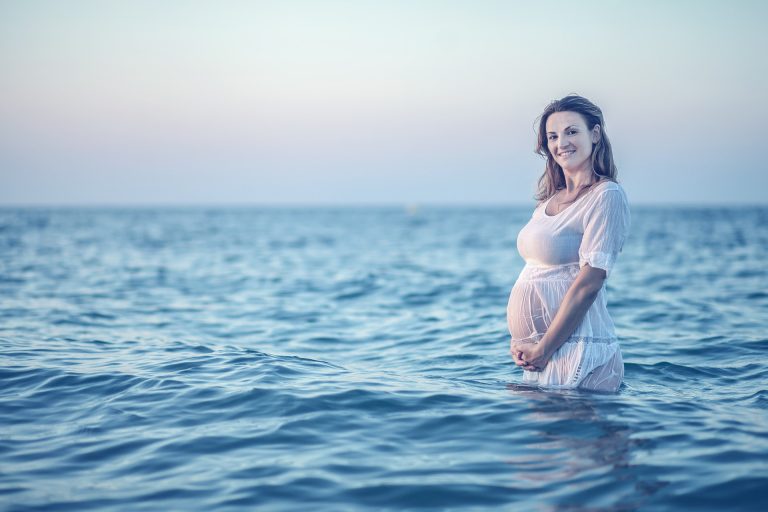
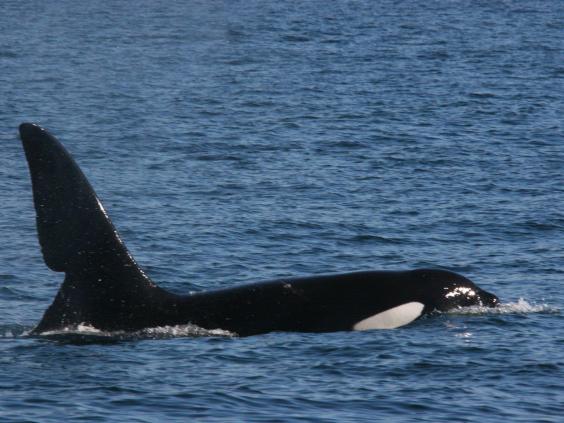
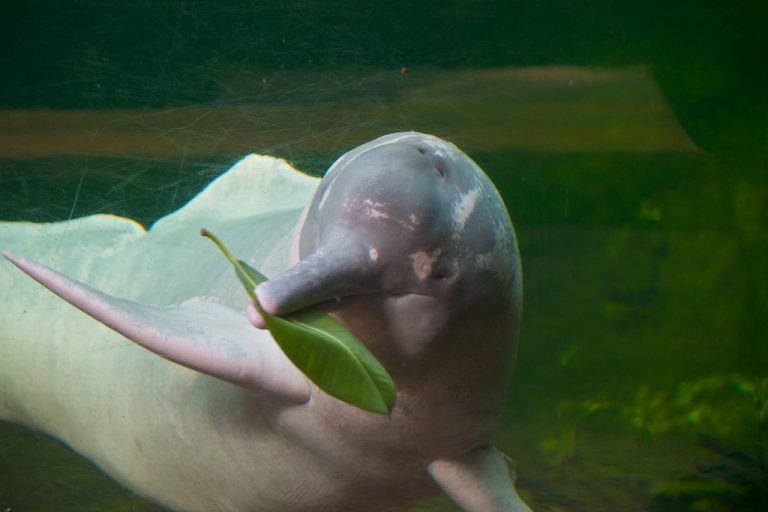
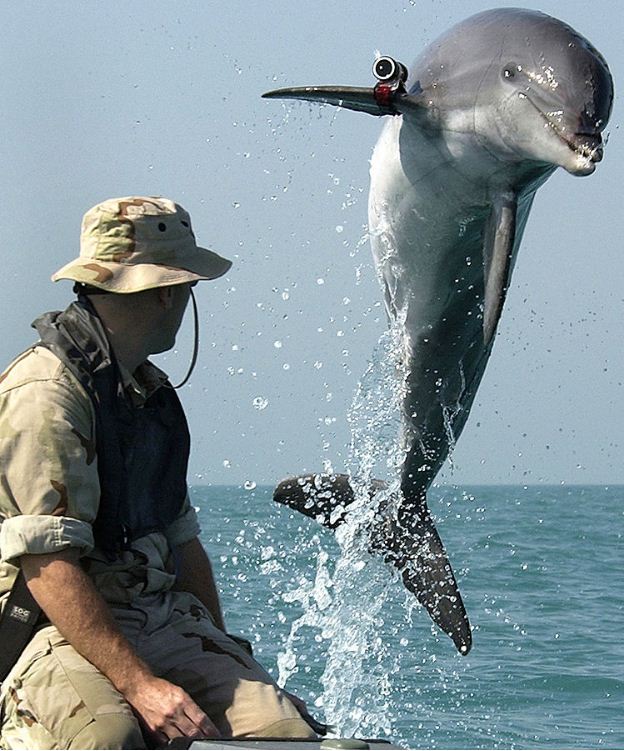

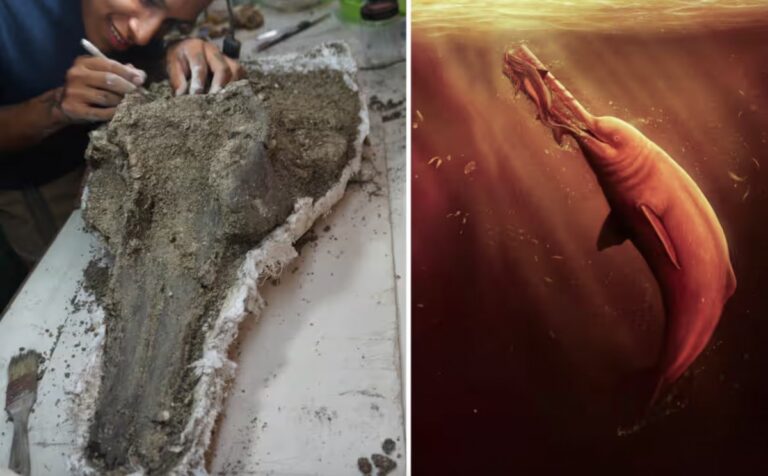
Great info. I didn’t know there were so many dolphin species.